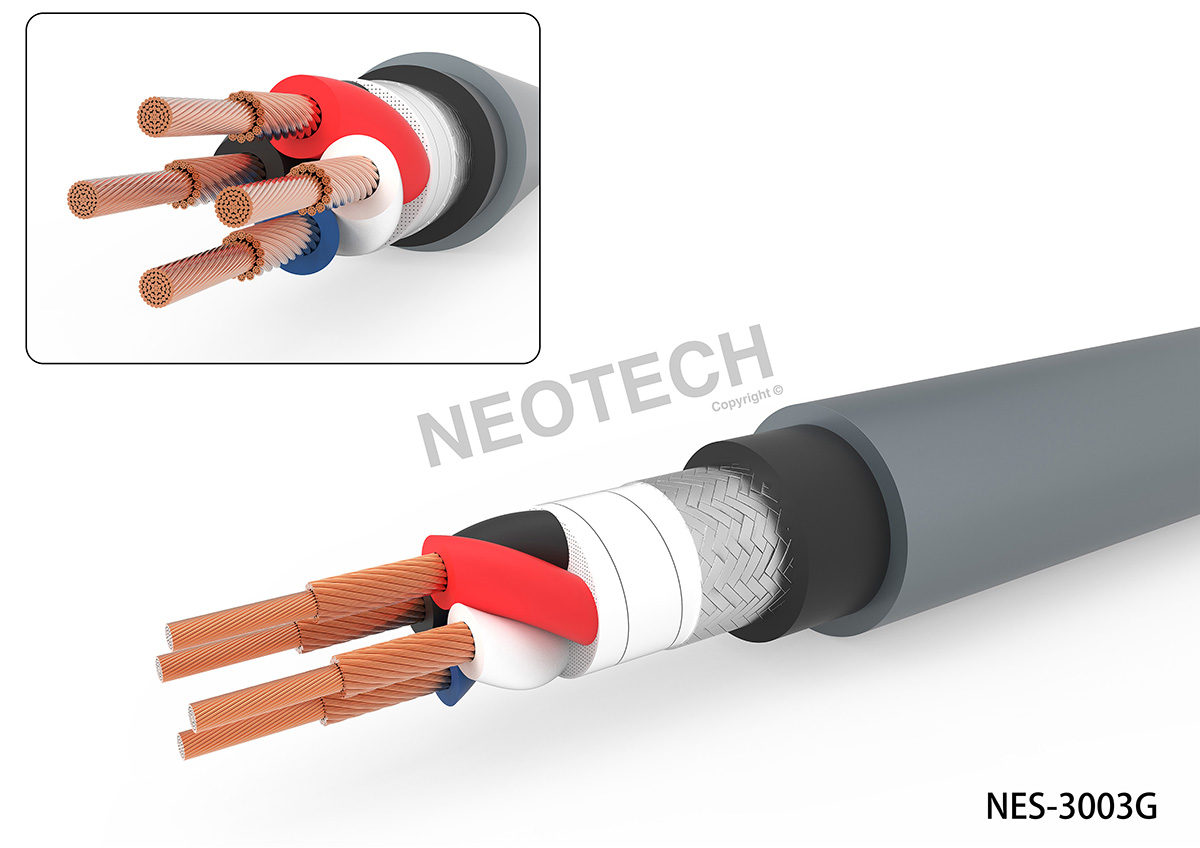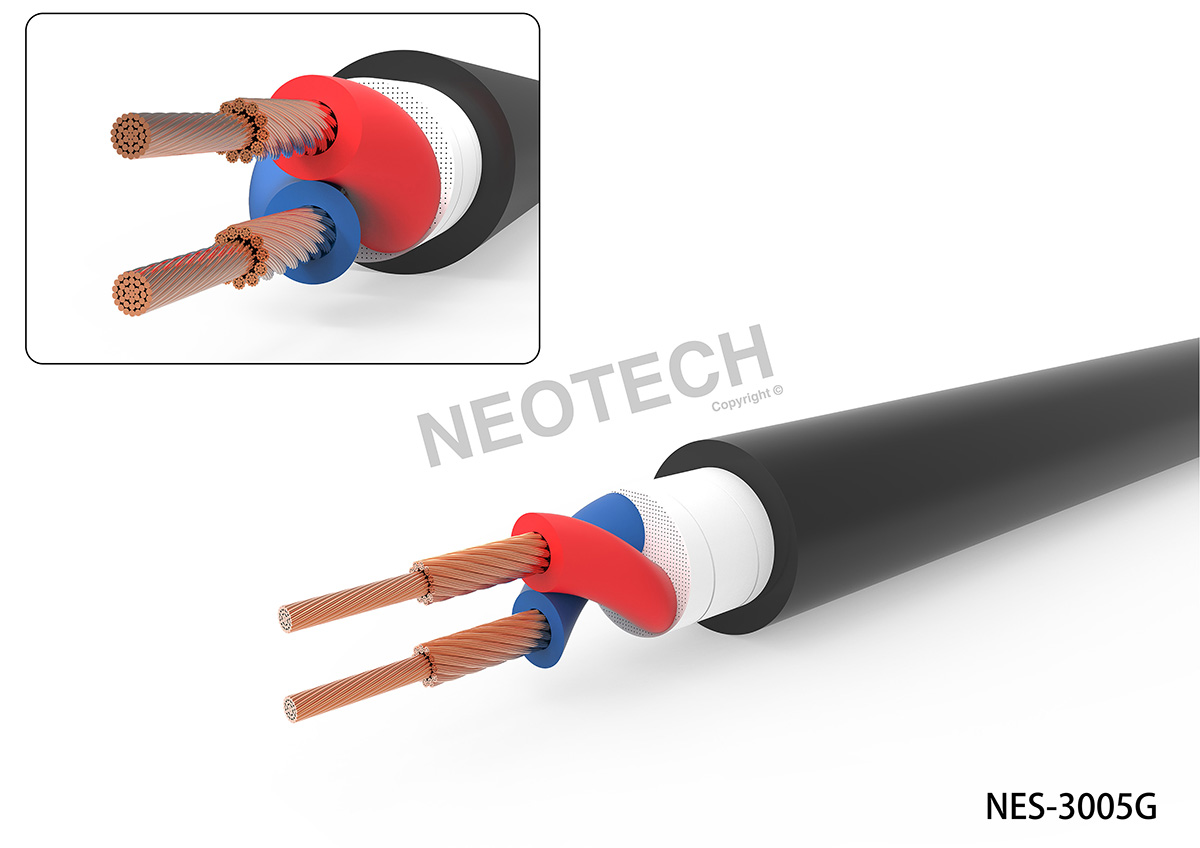Can be grounded, can be left unconnected.
many top-level speaker cables uses some kind of shielding.
Soeaker cables technologic dilema…

2. Second solution: two SEPARATE double-wire cables, one for + and one for -, but without shield.

The number of cores, core cross-section, material, weave, both in NES-3003-G and NES-3005-G everything is the same.
Showing 11 responses by milimetr
Thank you @richardbrand for your substantive input. As a reminder, I currently have an NES-3003 MKII, where two wires are connected as "+" and the other two as "-" and gives aggregated gauge 10.5 AWG (6 mm2) per leg. I am considering upgrading to the newer version of Neotech speaker cables with grefen used, and considering that the NES-3005 in dual runs and the NES-3003 have practically the same cross-sections gauge, the same insulation, and probably the same wire structure, my original question seems reasonable and justified.
From the arguments presented in the discussion so far, it follows that: 1. The wires twisted close together (NES-3003) have greater capacitance, but this capacitance is rather negligible for audio applications if kept at reasonable level, 2. The screen in the speaker cable is rather negligible, due to the high level of the audio signal and lack of exposure to extensive EMI and RFI - this points prefers double run of NES-3005, 3. Air is a better insulator than PVC, so physically moving the "+" and "-" wires apart will provide better insulation between the two wires (this prefers double run of NES-3005), 4. As for the inductance between the two parallel wires, I am not sure whether it is greater when the strands are spread apart or greater when the strands are twisted together. This pint is not clue for me.
From my experiments so far, I have found that when I have separate wires, the "+" and "-" wires, I prefer the sound of the wires that are a few centimeters apart than the ones that are twisted together. |
I have made extensive comparisions of my NES-3003 MKII speaker cable with screen connected to the outboard ground pin and screen left not connected. I must say that the the diferences in sound are quite pronounced. Without screen connected bass is very pronounced, too much for my taste. Bass predominate and is out of proportions. Without screen connected sound is more free and open, the things sounds fuller with a bit longer decays. With the screen connected the bass is shorter and better controlled. Is more balanced now hovewer decays seems to be shorter. There is more clarity in the whole spectrum, notes are better separated with more black background. I not decided yet what variant I do preffer. |

